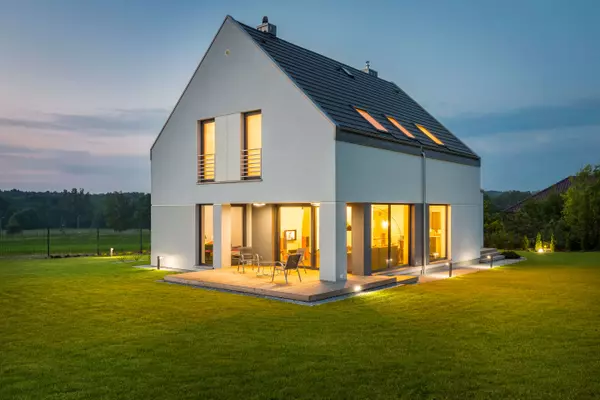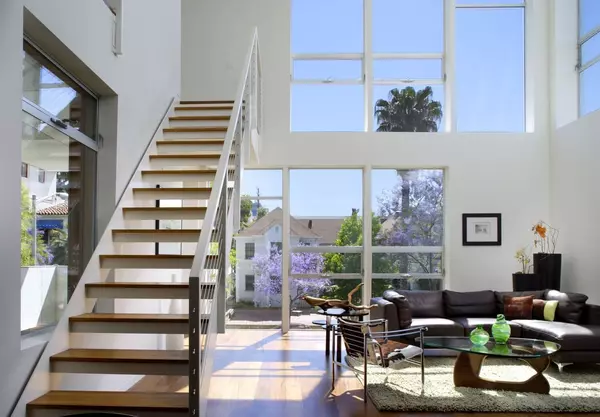North Dakota Is Holding Steady in Affordability and Homebuilding: Can Gov. Armstrong Keep It Growing?
North Dakota’s housing market is small but resilient.
The Realtor.com® State-by-State Housing Report Card gave the area a solid C, reflecting a stable balance between affordability and new construction. The report—part of the Let America Build campaign—grades every state on how well it supports affordable homeownership while preparing for future housing needs.
North Dakota’s steady performance shows a market that’s affordable by national standards, yet still constrained by modest building activity and a limited labor force.
But make no mistake, this is a national problem. In fact, President Donald Trump recently put pressure on homebuilders to increase construction nationwide, given the issues with construction in the country. In a post on his Truth Social platform in early October, he accused major builders of hoarding lots to prop up prices—likening them to OPEC, which restricts oil output to maintain high prices.
“They’re my friends ... but now, they can get Financing, and they have to start building Homes. They’re sitting on 2 Million empty lots, A RECORD,” Trump wrote. He urged Fannie Mae and Freddie Mac to intervene and “get Big Homebuilders going” to “restore the American Dream.”
So what can be done in North Dakota to get construction ramped up?
North Dakota’s “C” grade explained
Realtor.com’s analysis gave North Dakota a total score of 49.0, placing it in the middle of the national rankings. The state’s median listing price was $359,034 in 2024, while the median household income stood at $73,489. The Realtors Affordability Score came in at 0.73, indicating that a healthy share of listings remain attainable for middle-income buyers.
However, construction activity remains muted. North Dakota accounted for just 0.2% of all housing permits in 2024, matching its 0.2% share of the U.S. population. That gives the state a permit-to-population ratio of 1.0—balanced but far below the levels seen in high-growth regions like the South and Midwest.
The new construction premium—the difference between new and existing home prices—was 45.4%, suggesting that new builds skew toward higher-end buyers rather than first-time homeowners.
The Midwest’s quiet stability
Nationally, the housing landscape is shifting as new construction plays a greater role in keeping prices manageable. According to the Realtor.com New Construction Insights report, the median new-home price nationwide held at $450,797, nearly flat year over year, while resale prices rose 2.4%. That narrowed the national new construction premium to 7.8%, the lowest on record.
Regionally, the Midwest remains one of the most affordable parts of the country, thanks to steady construction and stable demand. States like North Dakota, South Dakota, and Nebraska continue to rank among the most attainable markets for middle-income buyers.
North Dakota’s slow but consistent approach to homebuilding reflects its cautious growth pattern—steady employment, moderate migration, and minimal price volatility. This is hopefully something that can be replicated across the country.
“America is short more than 4.7 million homes, and every new home built helps close that gap while fueling local economies," says Shannon McGahn, executive vice president and chief advocacy officer at the National Association of Realtors®.
"NAR research shows that the U.S. has faced a persistent housing shortage for more than a decade, driving up prices and limiting options for buyers. Expanding housing supply creates jobs, supports small businesses, and affords families the opportunity to build generational wealth.”
Governor Armstrong’s housing and workforce priorities
Governor Kelly Armstrong took office at the end of 2024 and, just a month later, unveiled his first budget proposal — one that emphasized property tax relief, infrastructure, and housing. The plan builds on former Governor Doug Burgum’s housing proposal, expanding the state’s commitment to addressing affordability and availability.
Armstrong’s budget sets aside $105 million to tackle housing challenges — about $10 million more than Burgum’s proposed budget. That includes $50 million for a new North Dakota Department of Commerce program called Housing for Opportunity, Mobility, and Empowerment (HOME). Described by Armstrong as a “public-private partnership,” the initiative would leverage a combined $150 million in investment funding to support housing across the state.
“We need a straightforward, easy-to-understand, and easy-to-implement housing solution,” Armstrong wrote on X. “The Housing for Opportunity, Mobility, and Empowerment (HOME) is just that — empowering communities to make decisions that fit their needs with a $150 million investment across North Dakota.”
Working with the Bank of North Dakota, the administration is also pursuing a policy change to streamline financing for homes that cost more to build than their final appraised value. According to Armstrong, the change would have no direct budget impact but would allow the state to deploy funds more effectively to meet housing needs.
However, a small setback nearly derailed those plans. In May, Armstrong admitted that he accidentally vetoed part of a bill that allocated $35 million to the state’s housing development fund. The error occurred within Senate Bill 2014, the budget for the North Dakota Industrial Commission. His office later explained that a “staff markup error” led to the unintentional veto of $25 million for housing projects and programs and $10 million for homelessness prevention.
This article was produced with editorial input from Dina Sartore-Bodo and Gabriella Iannetta.
Categories
Recent Posts










GET MORE INFORMATION

Stevan Stanisic
Real Estate Advisor | License ID: SL3518131
Real Estate Advisor License ID: SL3518131
